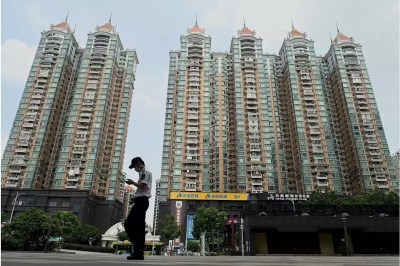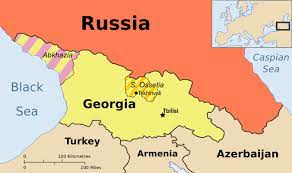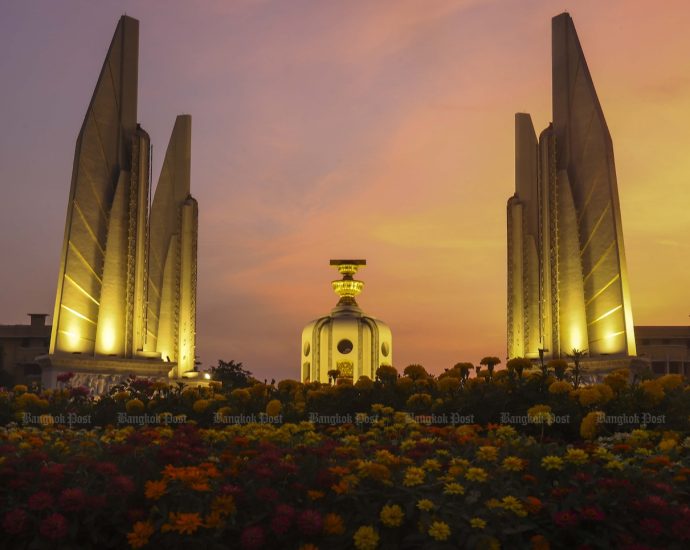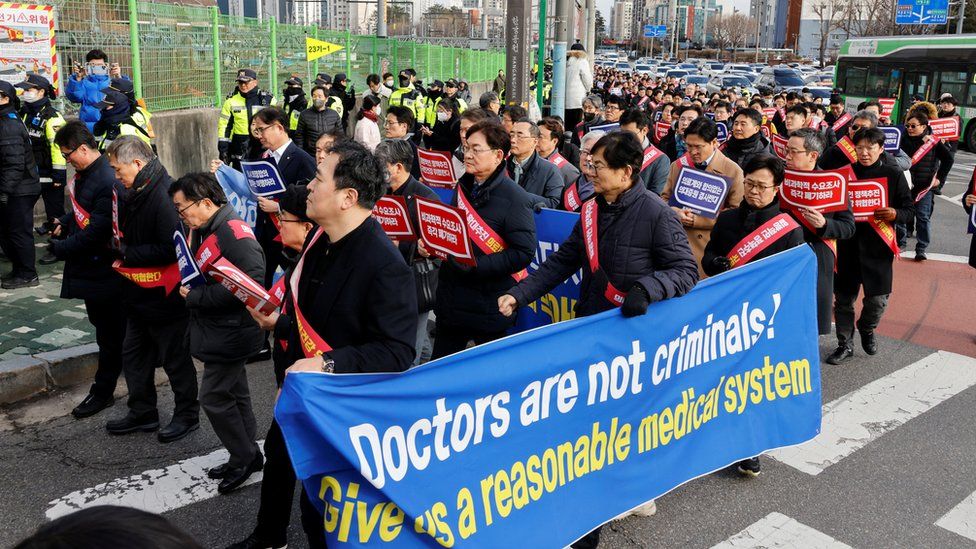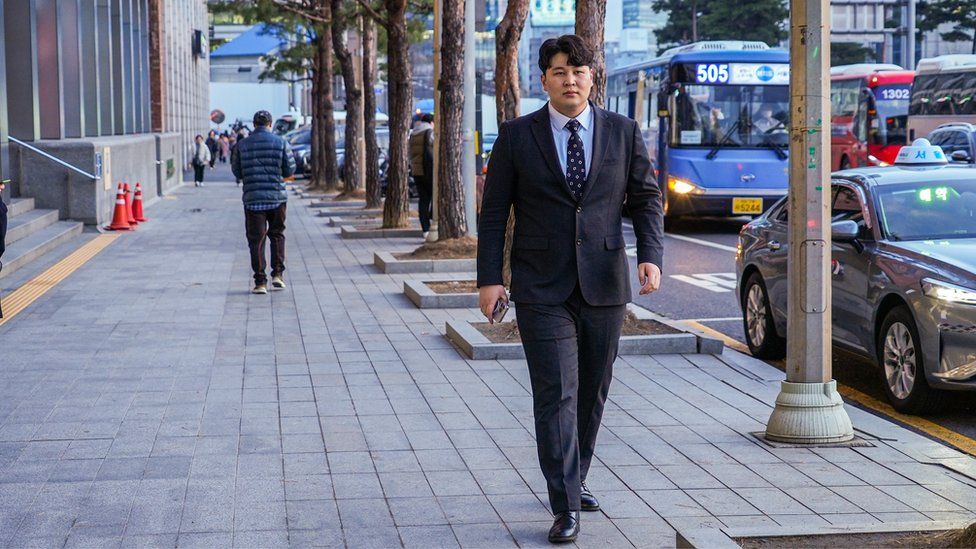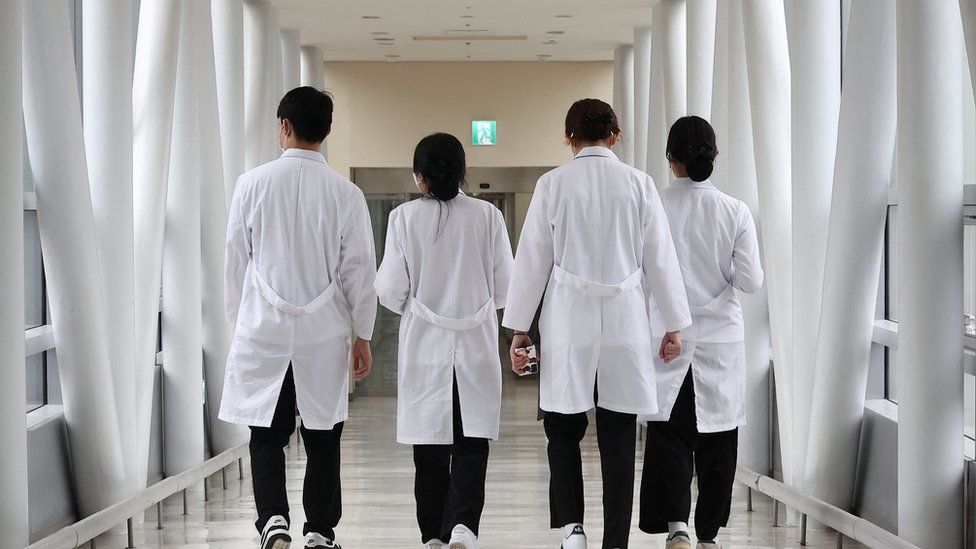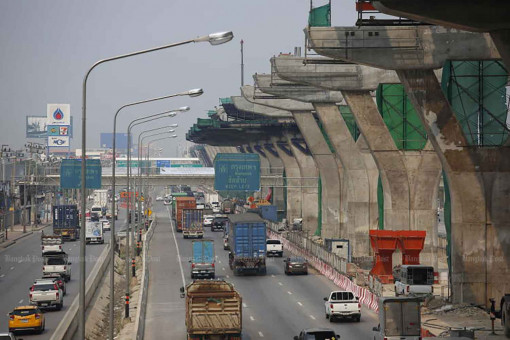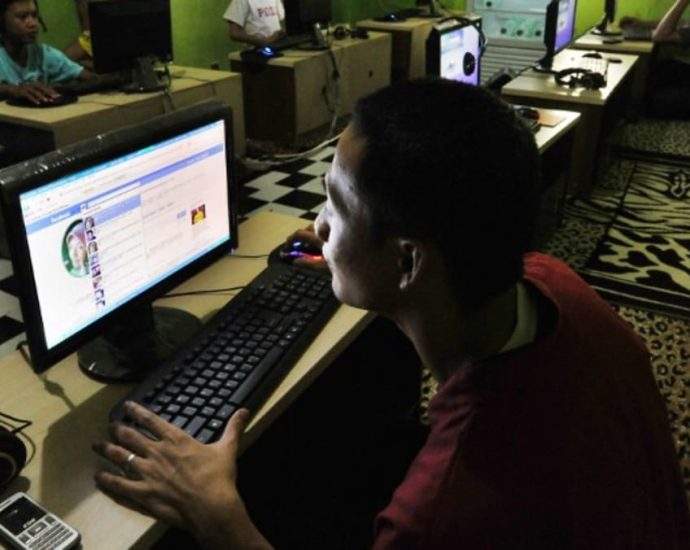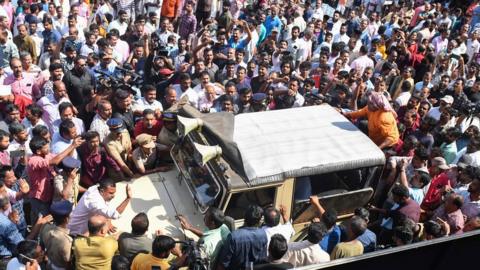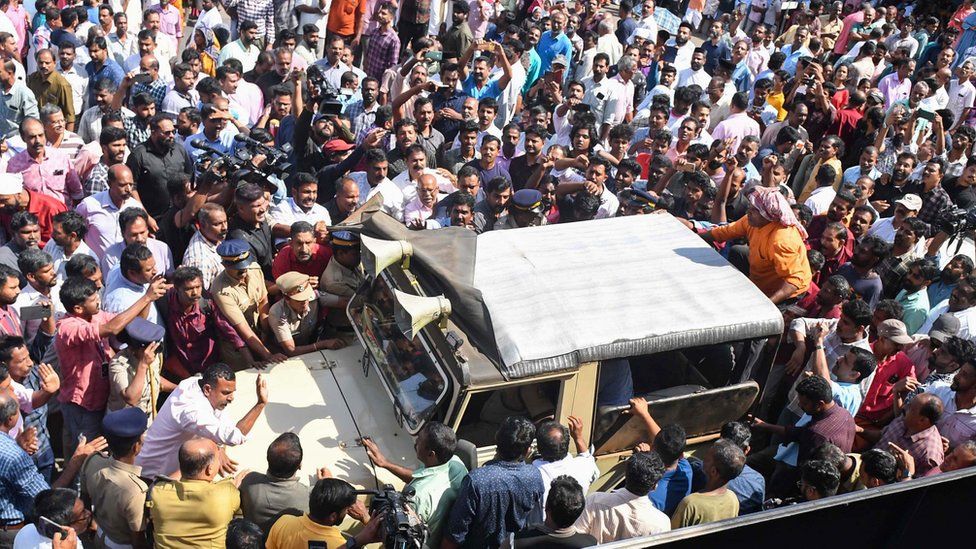Time for China to move past GDP growth targets – Asia Times
Sometimes, good news on China’s economy is actually bad news for the broader global economy and financial system. The reference here is to the suspense surrounding Beijing’s highly anticipated annual gross domestic product (GDP) target.
This market ritual is playing out again this week as the “Two Sessions” meetings as part the National People’s Congress that convenes and offers details – or at least smoke signals – on economic priorities heading into 2025.
None matters more in investment circles than Beijing’s GDP target. And that’s too bad, for it’s high time for China to stop issuing one altogether, particularly as President Xi Jinping faces perhaps the most challenging economic moment of his decade-plus leading the Communist Party.
“The real estate issue is still unresolved and China’s dependence on external demand will also encounter uncertainties due to the ongoing geopolitical tensions,” says Alicia Garcia Herrero, Asia Pacific chief economist at Natixis.
On Tuesday (March 5), Premier Li Qiang is widely expected to announce the roughly 5% growth target. The trouble with this annual GDP game, however, is that it weds China to an arbitrary goal that warps all financial incentives.
It’s very much at the root of the credit and debt excesses that have plagued China in the years since the 2008 global financial crisis and the nation’s epic stock crash in 2015.
Spread across Asia’s biggest economy are 34 province-level administrative divisions. Each is led by ambitious Communist Party members with designs on national office.
The quickest way for any apparatchik to get on Beijing’s radar screen is to turn in above-target economic growth year after year. This incentive structure helps explain why over the last decade-plus Chinese provinces engaged in an infrastructure arms race of sorts.
Look no further than the one-upmanship among metropolises scrambling to build bigger and better skyscrapers, six-lane highways, international airports and hotels, white-elephant stadiums, sprawling shopping districts and even amusement parks.

This dynamic explains, too, much of the motivation behind the explosion of local government financing vehicle (LGFV) debt now estimated at around US$9 trillion.
Such growth incentives are also at the root of urgings from the World Bank, International Monetary Fund and US Treasury Department to improve the quality of economic growth. That means disincentivizing prefectural leaders from generating growth for growth’s sake.
The property crisis preoccupying Xi demonstrates the costs of putting the quantity of growth over its effectiveness. Even if the immediate default crisis raised by China Evergrande Group has simmered a bit, the nation remains highly exposed to the threat of a “rapid” housing market downturn, notes International Monetary Fund economist Henry Hoyle.
The IMF reckons that housing investment in China could soon be down as much as 60% from 2022 levels. That, Hoyle notes, could lower Chinese GDP to about 3.4% by 2028.
Thanks to years of “excessive” investment in housing and infrastructure, China’s economy remains highly exposed to property market shocks. And at a moment when Xi and Li confront deflationary pressures, high youth unemployment, subpar productivity and a rapidly aging population.
In February, the value of new home sales plunged 60% from a year earlier. That followed a more than 34% drop in January. The trouble with such declines is how many members of China’s 1.4 billion people the losses affect.
“Home prices became significantly stretched relative to household incomes in the decade before the pandemic, in part because consumers preferred to invest their considerable savings in real estate given the scarcity of attractive alternative savings options,” Hoyle notes.
This collapse, he adds, is unfolding at “a historically rapid pace only seen in the largest housing busts in cross-country experience in the last three decades.”
The reason why a wholesale change in Beijing strategy is needed is that this is “really a structural issue more than a cyclical one,” says William Hurst, a China development expert at the University of Cambridge.
Since the mid-to-late 2000s, he says, there’s been a “strong over-reliance” on land use sales and property development and the problem just “got worse and worse.”
One reason Hurst argues that changing economic models is so hard: local governments are heavily dependent for their revenue on land and a tremendous amount of household wealth is in property.
The crossroads at which Xi and Li find themselves is that “massive new spending and/or lending now would make those asset price bubbles even worse,” Hurst notes.

“It would continue to crowd out consumption and more productive investments. And it would make it more difficult and costly down the road – maybe even prohibitively so – to do this again.”
The thing is, Hurst notes, “inflection points and critical junctures can only be clearly spotted in hindsight. But what we’re seeing in China is not the start of something new and probably not the very end of an unwinding of export-led growth that began 15 years ago.”
As Hurst sees it, “we’ll likely see serious debate – or at least evidence that it’s happening behind the scenes – and possibly a meaningful shift in at least short-term economic policy in China over the coming days and weeks. But any really big macro-level change will be slower in coming and harder to see in real-time.”
One of the biggest debates should be over the logic of releasing a GDP target that puts Beijing on the clock to deliver year after year.
If China doesn’t make its annual numbers like some corporate board determined not to disappoint shareholders, global investors reckon Beijing is failing. When China does make its goal, against all odds, many economists doubt the data is accurate.
This self-imposed distraction is coming to something of a head in 2024. China entered the year struggling with its worst deflationary streak since the 1990s amid the Asian financial crisis. Dueling troubles in property and local government finances, and volatile stocks, are only adding to the headwinds zooming Beijing’s way.
Given Beijing’s determination to alter the economic narrative following a uniquely chaotic 12 months, the impetus may be to set an ambitious target.
As Goldman Sachs analyst Maggie Wei notes, a headline-grabbing number and setting a target for consumer prices could convince skittish investors that Xi and Li are serious about stabilizing the economy. But this merely treats the symptoms, not the causes, of China’s troubles.
It’s far more important that Xi and Li redouble efforts to repair the property sector, strengthen capital markets, champion the private sector, recalibrate growth engines from exports to domestic demand, internationalize the yuan and build bigger social safety nets to encourage households to save less and spend more.
“Structural challenges including the aging population, weaker productivity growth and elevated debt levels will continue to weigh on potential growth over the medium term,” says Madhavi Bokil, an analyst at Moody’s Investors Service. “For now, the economic environment remains difficult, with factors that stymied growth in 2023 still present.”
Bokil notes that “protracted decline in the property sector, deterioration in regional and local governments’ strength, domestic policy uncertainty, slower global demand growth and high geopolitical tensions present hurdles to the growth outlook.”
The consumer and business sentiment “remain relatively low,” Bokil adds. “Property sector transactions and prices have yet to stabilize. Subdued price pressures, seen in the decline in producer prices of manufactured goods and the GDP deflator since 2023, reflect both moderating commodity prices and muted demand growth. Downward pressures on prices will likely remain in place in 2024 until the domestic economic momentum strengthens, resulting in inflation firming in 2025.”
The NPC is China’s chance to map out reform plans for 2024. One area of intense speculation is why Li won’t hold the traditional premier press conference on Tuesday, the first time it’s happened since 1993. As NPC spokesman Lou Qinjian announced today (March 4): “Barring any special circumstances, this arrangement will continue for the remainder of this term of the NPC.”
Some investors might read this as another sign China is becoming more opaque. The loss of this rare chance for China’s No 2 leader to interact with the public – and foreign reporters – coincides with the party clamping down on corporate data, court disclosure and academic documents while tightening further its grip on Hong Kong.
Others posit that it’s a sign Xi is further consolidating power. “This may be another way to downgrade the importance of the premier,” Dongshu Liu, an assistant professor at the City University of Hong Kong, told Bloomberg.
Either way, Tuesday will be a highly informative day for global investors on Xi’s efforts to promote more sustainable growth in the year ahead and beyond.
“We’re closely watching the government’s attitude toward the progress of the 14th Five-year Plan,” says strategist Xing Zhaopeng at ANZ Research. “We also expect the government to take the climate target seriously and more green policies are expected in the next two years.”

Yet few gestures would telegraph a major shift in China’s policy direction more than scrapping the GDP target.
Analysts at S&P Global have argued that “China’s best-case scenario would be to demote GDP to a position that it holds in most advanced economies. Rather than being an official target, GDP is seen as the outcome of decisions by households, firms and the government regarding consumption and investment.”
In other words, China’s GDP numbers are something bigger and more complicated than the government alone can manufacture. Allowing China to grow at the rate it grows, without explanation and drama, would free Xi and Li to worry less about big stimulus packages, white-elephant projects and giant bailouts for weak corporate links and make room for greater reform, disruption and risk-taking.
The longer China shackles itself to an arbitrary GDP goal, the more it incentivizes unproductive and ultimately unsustainable economic growth strategies.
Follow William Pesek on X, formerly Twitter, at @WilliamPesek

